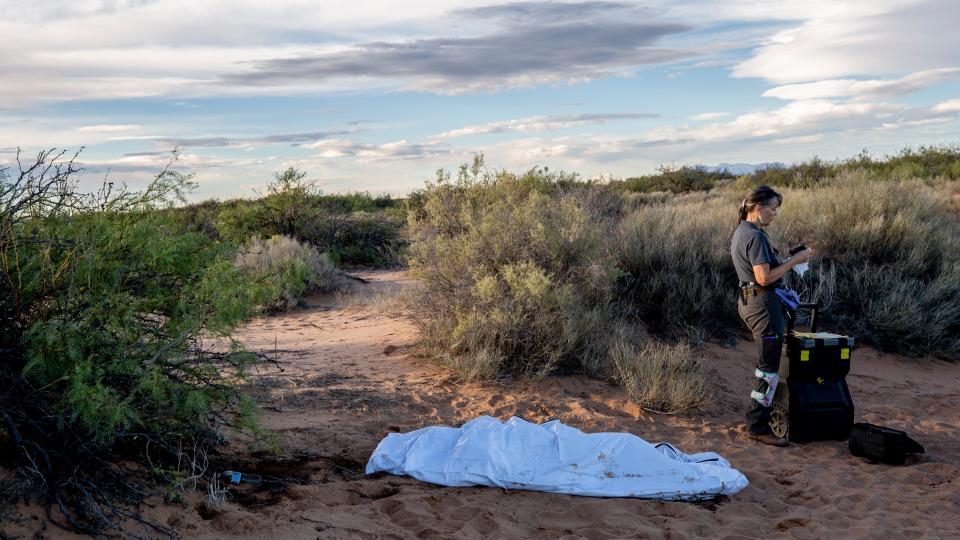The 'resurrection' of Diego Suy Guarchaj: 'They are in the cemetery. I am alive.'
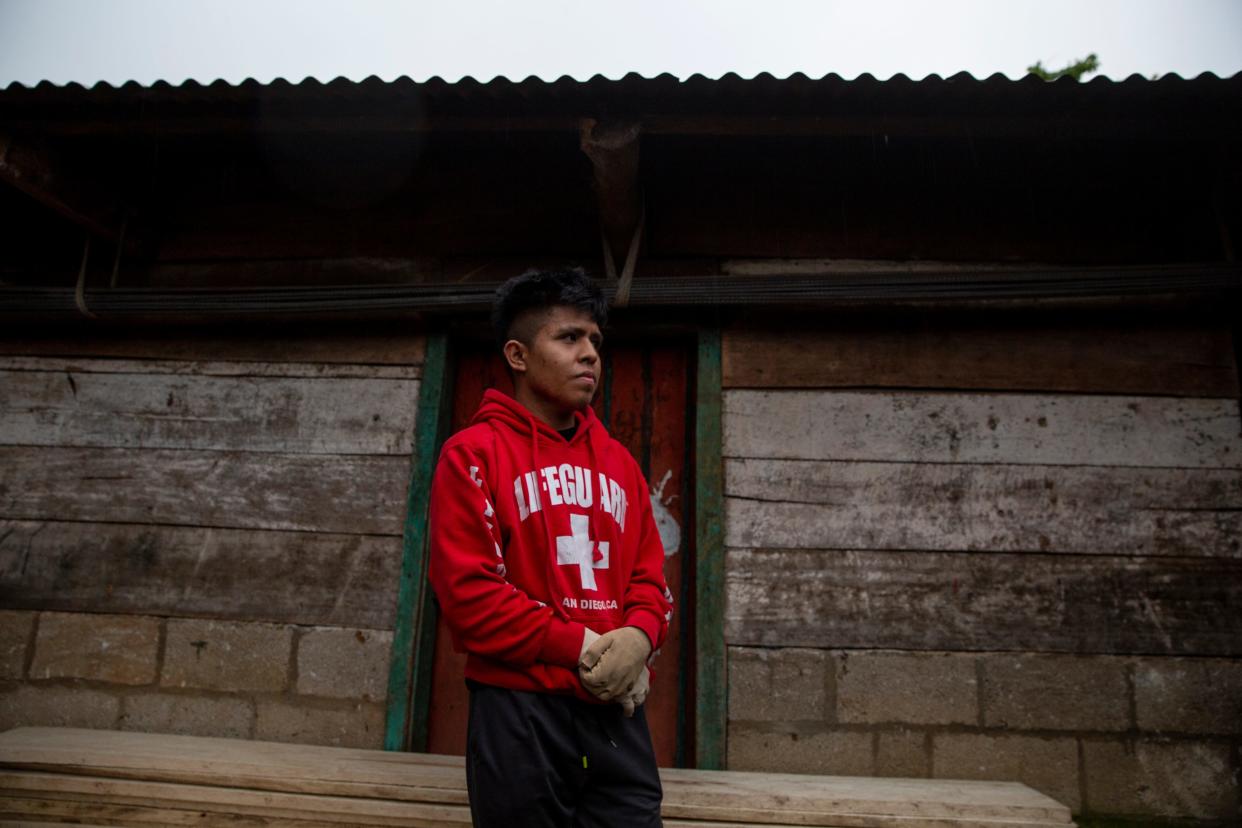
This story was republished on Jan. 5, 2024, to make it free for all readers.
Editor's note: Leer en español.
LA CEIBA, Guatemala — News of the death of Diego Suy Guarchaj came suddenly, like the autumn rains in his small village nestled in the Mayan lands of western Guatemala.
Antonio Chox, an indigenous community journalist from La Ceiba, traveled to Suy Guarchaj's nearby village of Tzucubal to report in a live Facebook feed about the young man's death.
Suy Guarchaj had lost his life in a disastrous fire at a migrant detention center on March 27, 2023, in Juárez, Mexico. Authorities released the names of the 40 deceased: Diego Suy was listed as number 12.
The citizen journalist interrupted his live feed as Francisco Suy, Diego's father, began to wail.
"Atek, Atek! (Diego, Diego!) Why did you leave me like this, Diego? I raised you, my son, Diego," Francisco Suy shouted in K'iche as he banged on the tin walls of their home.
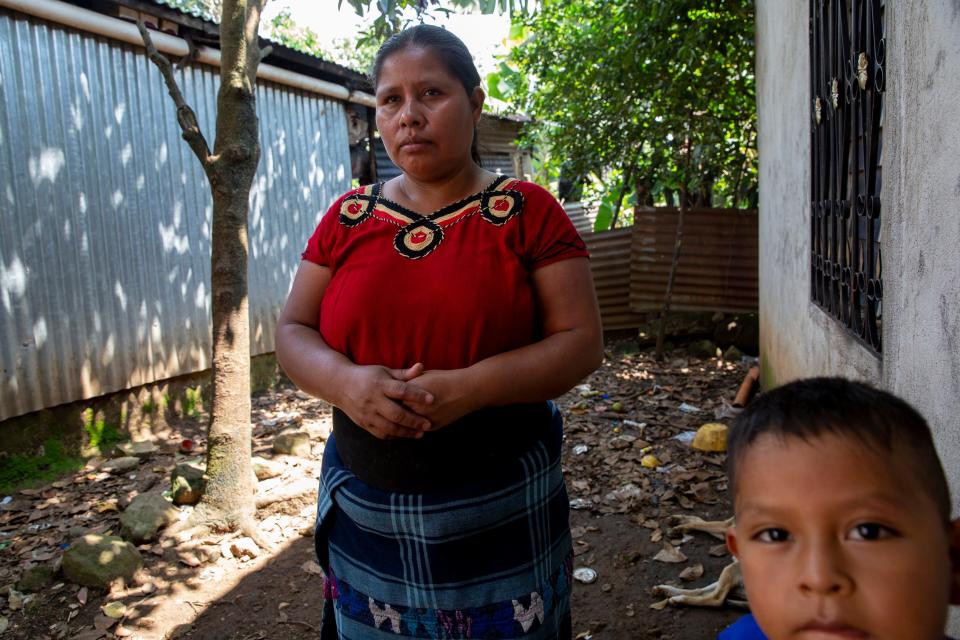
María Guarchaj Tzoc, Suy Guarchaj's mother, soon set out alone to the capital of Guatemala City to receive the repatriated body of her son, the eldest of her five children.
The agony of Suy Guarchaj's death lasted seven days.
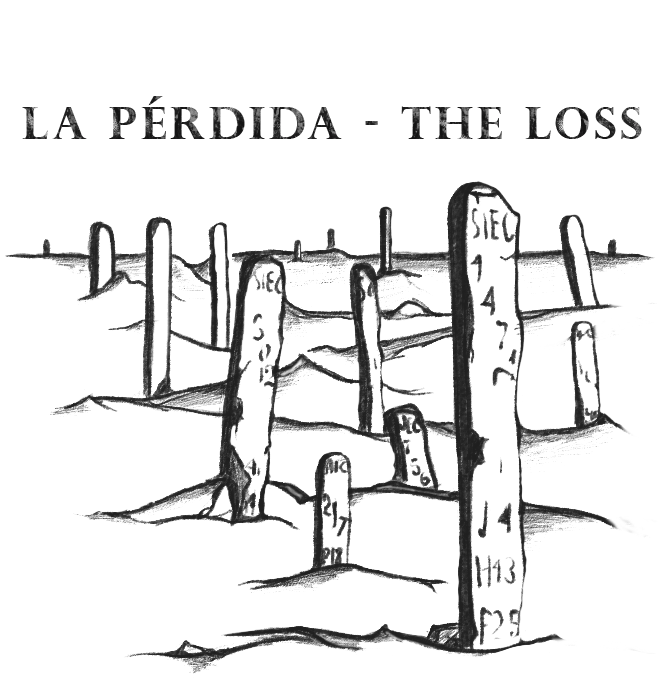
As she waited in mourning, Guatemalan authorities confirmed to Guarchaj that their Mexican counterparts had made a mistake. There were two men with the same first name, Diego, but their last names were different.
For Guarchaj, it was like a "resurrection" of her son.
"It was a very woeful moment, it shocked me," she says of learning of her son's death in K'iche, with the aid of an interpreter. "I traveled to the Mexican Consulate in Quetzaltenango, and after a week they confirmed he was alive."
Suy Guarchaj was coming home, but the 20-year-old's life was changed by sorrow, lost friendships and faded dreams.
'They are in the cemetery. I am alive.'
It is an afternoon that threatens to turn into a deluge. In Tzucubal, people are so used to rain in the fall season that they carry an umbrella with them all the time.
To get to the Suy Guarchaj house from the village of La Ceiba, visitors must walk up steep hills for about 25 minutes, or take a ride on the back of a pickup truck — imported from the U.S. and adapted as public transportation — trying not to fall out as the truck drives over potholes caused by the rains.
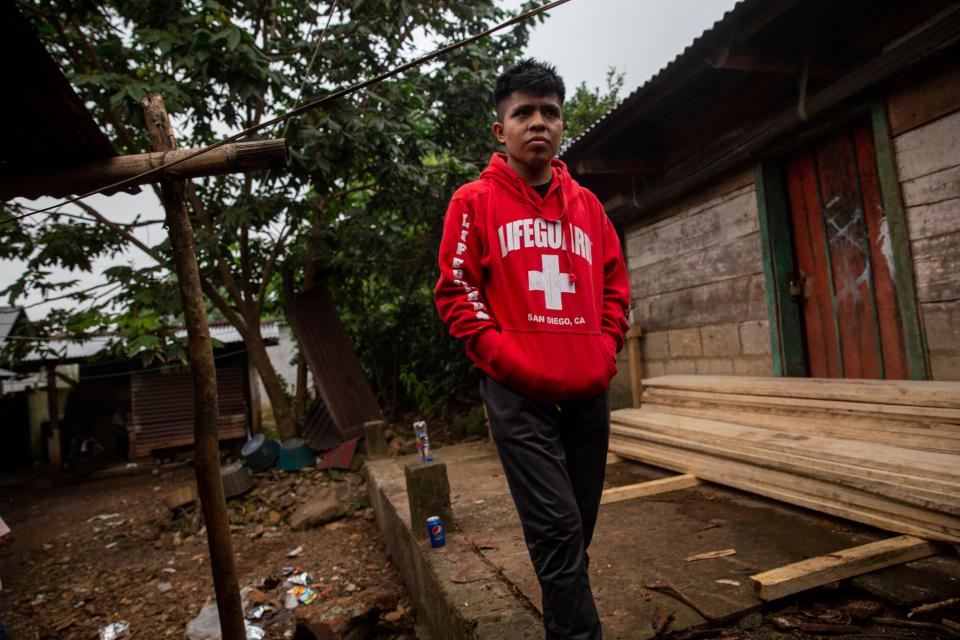
Two small dogs, ribs showing because of their poor diet, flash their teeth and bark furiously from the door of a single-room tin-walled house inhabited by the seven-member Suy Guarchaj family.
Suy Guarchaj arrived back at his home 10 days after his mother learned he was alive.
He had not spoken with anyone about the fire until this day in October with his parents standing watch nearby. He is among 27 men injured, some critically, to survive the deadliest fire affecting migrants in Mexico's history.
Although his language is K'iche, he prefers to answer in Spanish, sitting on a small chair borrowed from a neighbor.
"I remember little of what happened (during the fire)," he starts. "I left by myself. I met my friends on the way to Juárez."
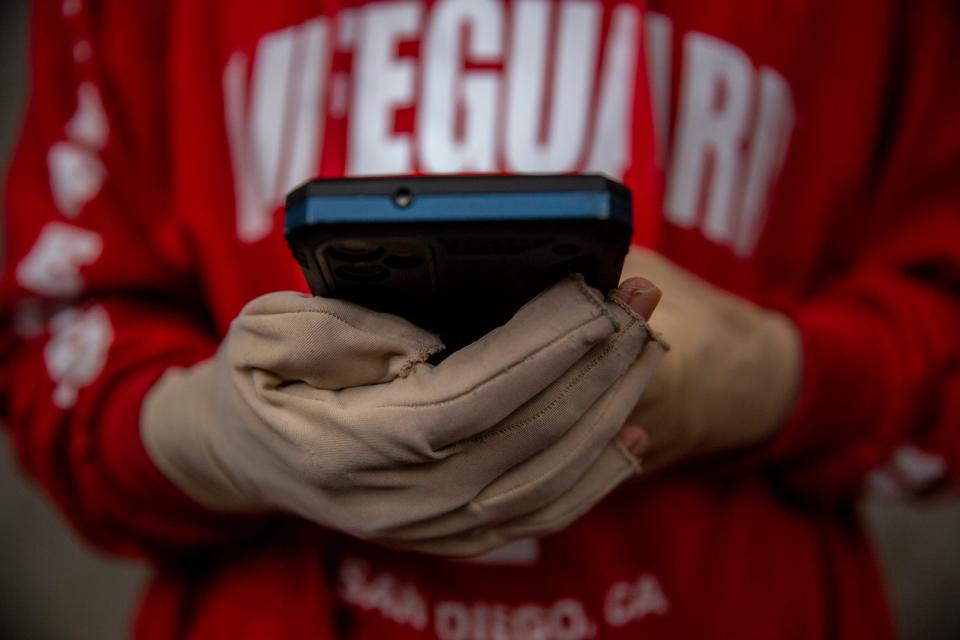
He is wearing a black T-shirt with a large cross with white letters that read: "God is the way." Two gloves cover half of his arms and protrude from his hands. Every so often the young man runs his bare fingertips over the gloves.
Diego remembers that he woke up at the hospital and immediately asked for his friends, who he knew on the journey.
"I asked them, ‘Where are my friends?’ There were many of us. And they didn’t know," Suy Guarchaj said. "Then I realized they had all died."
He is still recovering from burns to his hand and arms. The trauma to the rest of his body isn't as easy to see — he never completed physical therapy or received psychological intervention to cope with the ordeal that almost cost his life.
His frail and slender body make him look vulnerable.
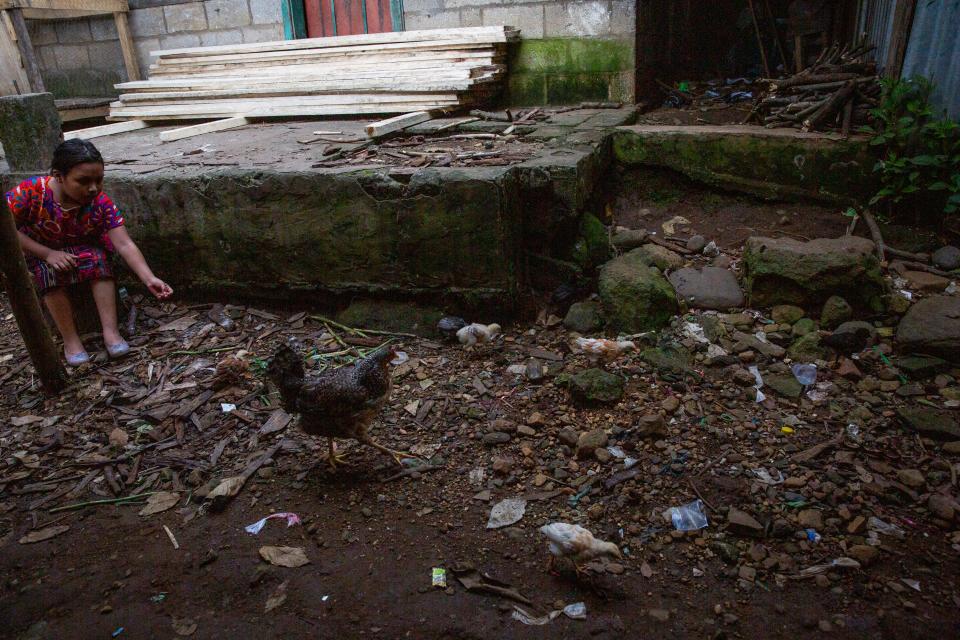
Looking down at the floor, his gaze reflects his thoughts of uncertainty; he is the oldest of his siblings, and his parents can no longer afford to feed them all.
During an hourlong interview with the El Paso Times, he seems nervous and uncomfortable. It seems that he wants to avoid it at all costs remembering what he experienced.
In K'iche, his mother assures that her son is not used to expressing how he feels, not even with them.
"I wanted to go (to the United States) because there is a need here," Suy Guarchaj says softly, agonizing over every word.
His father closely follows his movements with a certain pride. He is his firstborn, and he watches him during the interview as if admiring a reckless warrior from whom he does not want to take his eyes off.
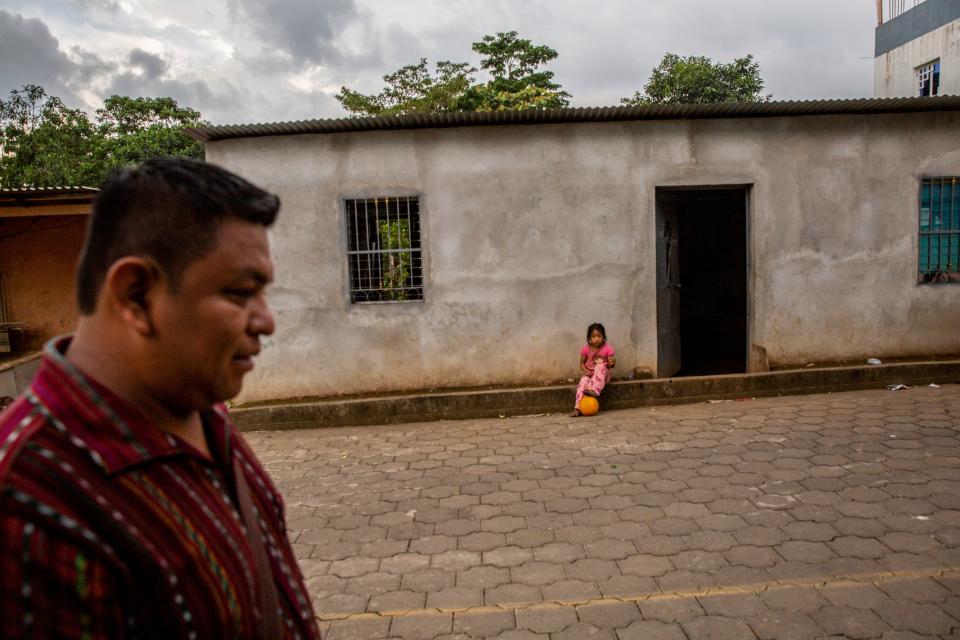
"Sometimes I have a sad feeling. They were my friends," Suy Guarchaj says. "We had dreams, goals, and a future, and now what can I do? I can no longer do anything for them. They are in the cemetery. I am alive."
It is all Suy Guarchaj is willing to reveal about what happened in the migrant detention center, just a few hundred feet away from the Stanton Bridge, which connects the border of El Paso, Texas, and Juárez.
The thundering of the sky almost impedes the conversation, there is a heavy rain that echoes on the tin roof of Diego's house and the village has almost completely darkened. Dogs run to shelter from the downpour.
Why Suy Guarchaj left home
Diego Suy Guarchaj's maternal last name, "Guarchaj", translates to English as "the one who keeps the light on for the family."
It's a torch carried by many who risk and lose their lives in one mass migration crisis after another played out over the 2,000 miles from Guatemala to the U.S.-Mexico border in Texas.
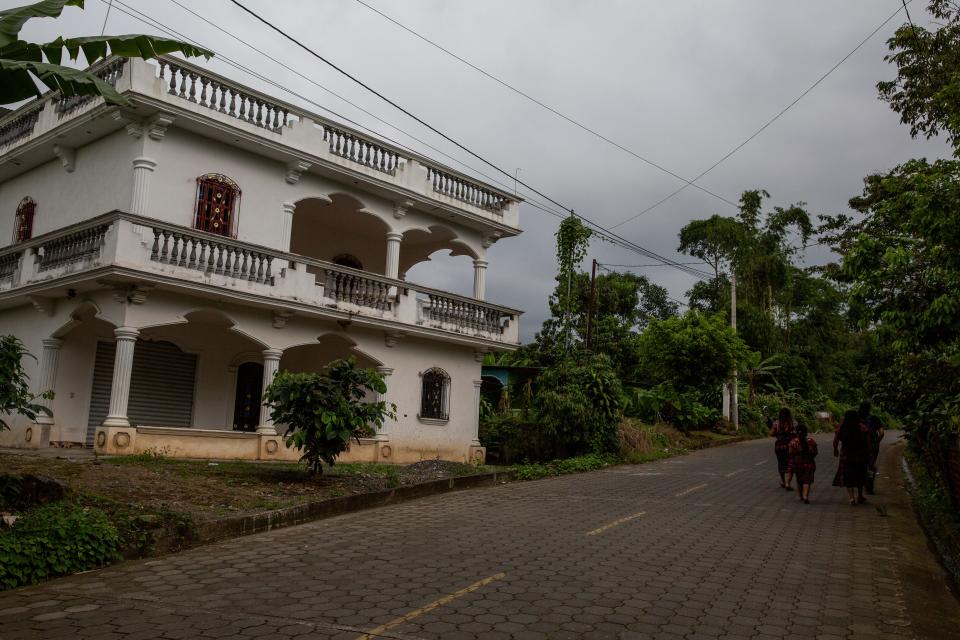
At the El Paso segment of that border, the area Diego hoped to cross, this has been the deadliest year ever, in part, because of the fire.
On the U.S. side, more than 149 people have lost their lives along the 268 miles of international border in Border Patrol's El Paso Sector. An additional 70 migrants have died while awaiting entry to the U.S. in Juarez, including the 40 men killed in the migration center fire.
So many of the dead came from villages like this, rich in love and family but where economic hope lives far to the north.
Diego's homeland is a natural paradise with a dark side. His community is so small that it's a stretch to describe it as a village. In Guatemala, they call Tzucubal a "hamlet."
It seems as if the land is eternally humid, there is vegetation wherever you look, lime trees, orange trees, plants with large round leaves, flowers, coffee, and banana plantations.
But the small community has no public services, so garbage piles up in the dirt streets. Chickens and their chicks run around in the garbage like pets. Their owners feed them bread and tortillas because these chickens could become food during the weeks of scarcity.
Suy Guarchaj didn't study, preferring to work in construction, just like his father, but in Tzucubal he could only earn 50 quetzals per day, or U.S. $6.50. He began to grow desperate.
The family doesn't have any relatives in the U.S., however, Suy Guarchaj insisted on leaving.
María Guarchaj remembers a conversation with her son before he sent out on the 11-day journey to the border before being rounded up by authorities in Juárez as part of a U.S.-Mexico partnership to hold the line on mass migration.
"One day he told us: 'Someday I'm going to get married, I'm going to start a family, and I want to have something,'" the mother says in K'iche, with the aid of an interpreter.
Suy Guarchaj had witnessed the life of his father, who could not read or write and did not even know his own age, because in extreme poverty it is a privilege to have a birth certificate.
Prompted by the dogs' barking, Suy Guarchaj's little brother comes out of the house wearing a red cap emblazoned with "Tommy Hilfiger" and lined with the design of the U.S. flag under the cap.
The parents, who are in their early 40s, followed their boy.
The Mexican government made a promise on July 11, 2023, to compensate not only those who died but those injured as well in the detention center fire. The families in the villages around La Ceiba haven't received any compensation.
Some nearby houses were built with remittances from migrants' salaries, and a few managed to start small U.S. businesses.
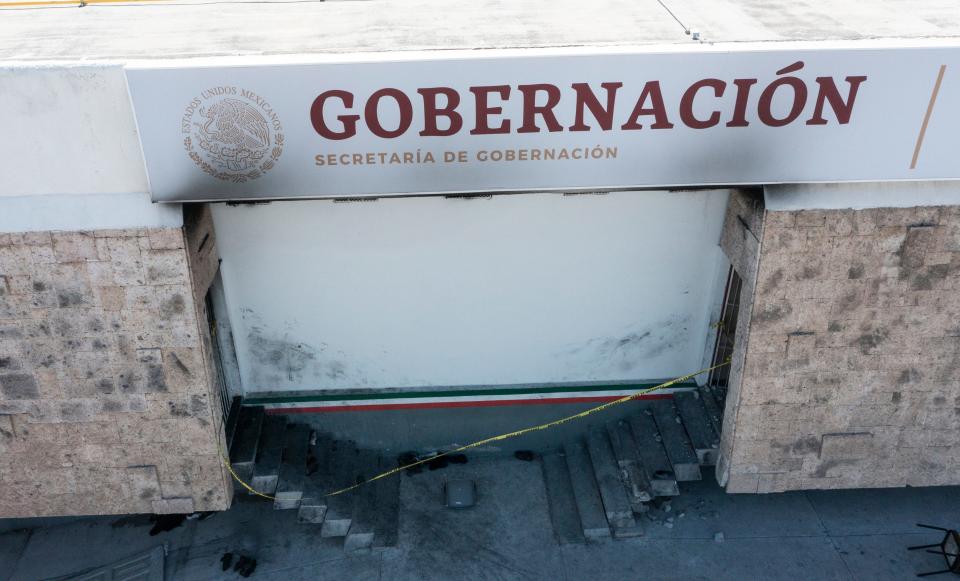
But not all stories are of success. Indigenous migrants also disappear on their journey north and many die when they reach the U.S. border.
Meanwhile, the hunger, the uncertainty, and the need for more helping hands in the Suy Guarchaj household continues.
And so does Suy Guarchaj's desire to make it to the United States someday.
As he stares at the floor, Suy Guarchaj confesses: "Yes, I want to try again to go back there (to the United States), but I don't know how or when."
Part 4:
Day after day, New Mexico investigator recovers migrant remains
Lauren Villagran
EL PASO TIMES
Laura Mae Williams knelt beside the body of a woman near the U.S.-Mexico border, her kneepads pressing into the searing sand.
The field investigator for New Mexico's Office of the Medical Investigator read the ground temperature with an infrared thermometer: 125 degrees. She estimated the body — belonging to 31-year-old Yenefer Vazque, nationality unknown — had been there for three or four days.
Vazque and the bodies of 83 other "probable border crossers" were found in southern New Mexico in the ...
This article originally appeared on El Paso Times: Guatemalan migrant, believed dead, returns home after Juárez fire
